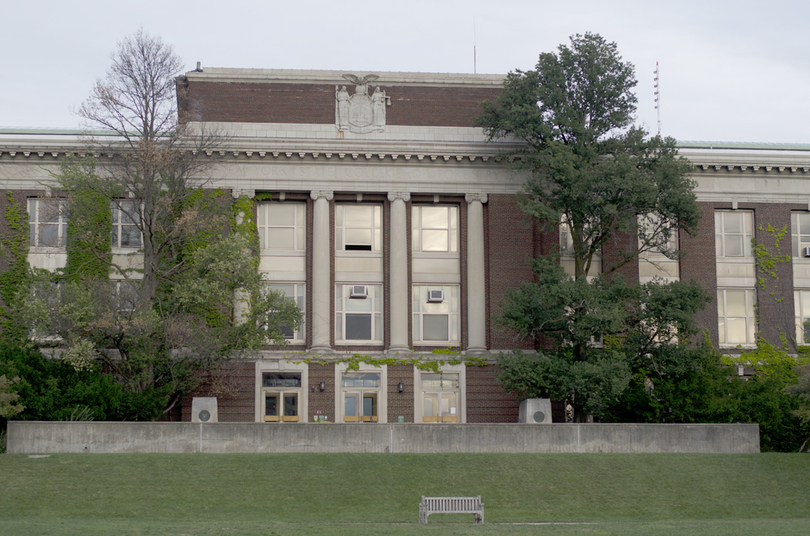SUNY-ESF graduate program focuses on indigenous knowledge as part of sustainability

Ally Moreo | Asst. Photo Editor
SUNY-ESF is partnering with Salish Kootenai College in Montana for a graduate program.
This summer, SUNY-ESF launched a new graduate program with a focus on biocultural restoration.
The program, Sowing Synergy, is being funded by a $652,811 grant from the United States Department of Agriculture over three years, according to the State University of New York College of Environmental Science and Forestry’s website. It will focus on research and studying sustainability through the lens of both scientific and indigenous knowledge.
The graduate program includes an exchange between SUNY-ESF students and students from Salish Kootenai College in Montana, a tribal college on the Flathead Reservation of the Salish and Kootenai tribes. Salish Kootenai College is one of 32 accredited tribal colleges and universities in the country, most of which are located in the west.
“There’s a real lack of not only undergraduate tribal education in the east, but there’s also a lack of graduate programs in these tribal colleges and in higher institutions of learning in general,” said Neil Patterson Jr., the assistant director of the Center for Native Peoples and the Environment at SUNY-ESF.
Through Sowing Synergy, students can benefit from both of the college’s strengths and locations, Patterson said.
SUNY-ESF is close to the Onondaga Nation Territory and has its Newcomb campus in the Adirondacks, while Salish Kootenai College in Montana has the traditions and culture of both the Salish and Kootenai tribes together on one reservation, Patterson said.
Because the program just started, this first year will focus on recruiting students so the exchange can begin next year. The funding from the USDA grant will support the research of three graduate students as well as four undergraduate apprentices who will assist graduates with their research, according to the ESF website.
In 2014, SUNY-ESF created a Native Peoples and the Environment minor for undergraduates that helped to garner interest, and the Sowing Synergy program is its natural succession, Patterson said.
The main focus of Sowing Synergy is biocultural restoration, which Patterson described as integrating cultural restoration with environmental and ecological restoration. Biocultural restoration stresses the connection between humans, their use of natural resources and the replenishment of those resources all as part of a cyclical process.
“For indigenous people in North America and across the world, our culture is directly linked to the environment, to what we would call our relatives in the natural world,” Patterson said. “For a long time, the western science approach has been to think about the biological world as separate from human beings, but indigenous people view themselves as part of that world, that our relatives are part of that world and our relationships with those relatives also need to be restored.”
This kind of program is needed because there are few Native American students in the science field and because indigenous cultures, particularly languages, are facing serious threats, Patterson said.
“Western science has really made great advancements in protecting the environment, but often times at the expense of indigenous people,” Patterson said. “For a lot of indigenous cultures, this is a renewal process — looking back to our old teachings and now saying we have to recover if we’re going to move forward as indigenous people.”




